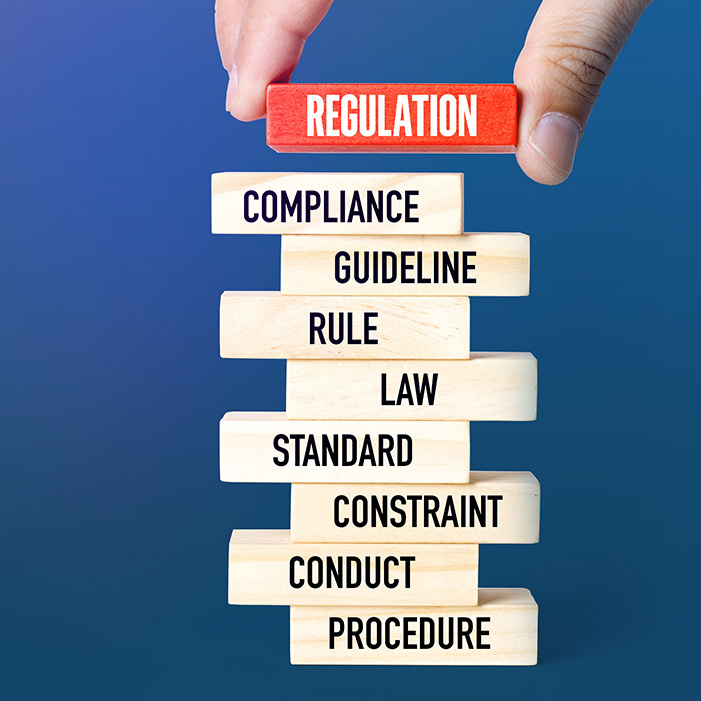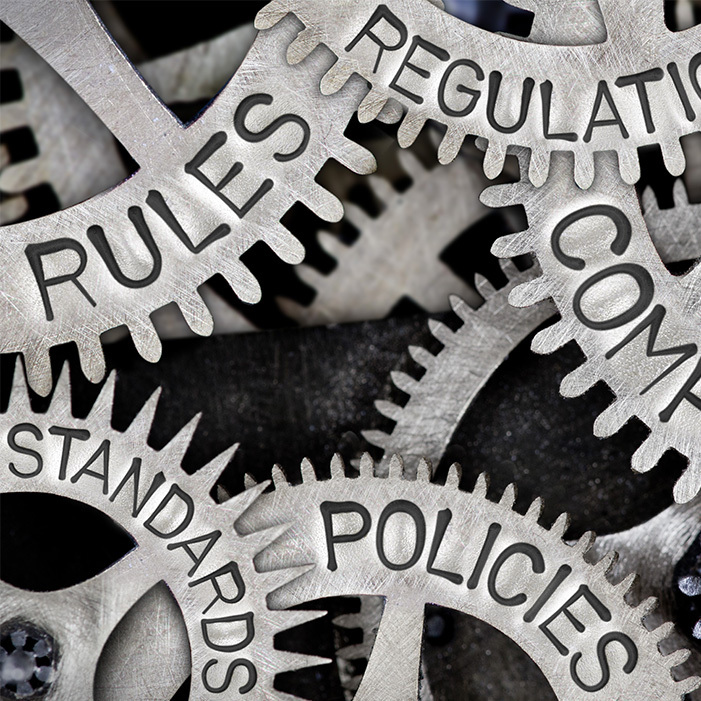Stakeholder demands for businesses to disclose non-financial metrics has increased exponentially over the past few years. Primarily, this has centered on data around environmental and social impact, as well as good corporate governance — or how committed they are to environmental, social and governance (ESG).
While ESG has gained more mindshare in business and investor circles since 2020, its origins go back much further to concepts such as corporate social responsibility and environmental sustainability.

To help companies report social and environmental information, multiple frameworks emerged, including the Global Reporting Initiative (GRI), Sustainability Accounting Standards Board (SASB), Taskforce on Carbon Related Financial Disclosures (TCFD), CDP, and others. Some of these focus on climate impact, while others capture metrics that span the entire ESG spectrum.
While by now most organizations looking to disclose ESG information through reporting are familiar with these reporting methodologies, I was surprised to learn that some major companies are instead using frameworks they created themselves.
Typically, the justification would be that the mainstream standards were not fully applicable to their businesses, and that because some items were immaterial, the whole standard did not work for their company.
Given that every company is different with a unique ESG context, using a homegrown reporting framework might sound tempting. But organizations looking to create a world-class ESG strategy and reporting program must avoid this temptation and embrace the formal frameworks.
Standardization enables relevance
Just like with the Generally Approved Accounting Principles (GAAP) in the U.S. and the International Financial Reporting Standards (IFRS) in over 100 other countries and territories, carbon accounting and ESG reporting need to be standardized to have relevance.
While dollars and cents are binary, concepts such as depreciation, amortization and revenue recognition are measured in a number of different ways, which is detrimental to shareholders and other stakeholders if not done in good faith.
Similarly, when ESG metrics are chosen and omitted at the will of the reporting organization, there is a risk of disclosing only part of the story – usually the side that favors the reporting organization. Regardless of intent, observers will question if they are getting the full story of a company’s performance if data is incomplete relative to their expectations.
Assuming all reporting is done in good faith, making sense of the nuances in ESG reporting can still be a mixed bag. A 2021 study found that only 24 percent of retail investor respondents could identify the meaning of the ESG acronym.
While its familiarity may have increased since then, inconsistent reporting doesn’t help investors, or other stakeholders for that matter, make informed decisions about a company’s stature. As investors will likely find little value in the uncertainty, non-standardized ESG reporting unfortunately becomes little more than a PR activity with limited benefit.
Top ESG performers embrace standards and frameworks
Companies that excel in their ESG strategies often demonstrate stronger business performance as well. Studies indicate that ESG high-performers have less volatile earnings over time, benefit from lower costs of capital and see more productivity from their employees.
The businesses that reap the most benefits from their ESG reputations are the ones that make it easy for investors to compare them against other potential investments. Part of this is measured through ESG ratings, which have different methodologies but mainly center around company-released disclosures.
The top-performing companies also usually align to multiple of the common standards and frameworks, to provide well-rounded views of how they approach ESG while disclosing both strengths and weaknesses. When getting started, a reliable approach is to take one standard and use it as a basis for assessing topics material to your organization. For example, there is an area in GRI reporting that asks about water treatment — if your business does not treat water, it can be deemed immaterial in the company’s report.
With there being many standards and frameworks against which an organization can measure itself, it can be tough to decide which ones to begin with. identifying which ones to begin with. A good place to start is to identify the frameworks your company is required to report on.
New ESG and climate disclosure regulations in Europe, Canada, Australia and California mean that if you or your supply chain partners do business in any of these places, then you will have to report. If your organization does not have mandatory disclosure requirements, then it will be a good exercise to review which standards are most relevant or common in your industry.
Checking methodologies your industry peers or competitors use is often a good way to see what’s common in your industry but also some internet research can provide relevant guidance.
An ESG consultancy firm may also be of assistance here, as they will have a broad base of exposure to different companies and industries and are often well-positioned to be able to offer advice in this regard.
ESG and sustainability disclosure is here to stay
While some companies may hope that ESG and sustainability disclosures will quietly go away, market momentum suggests that reporting expectations and requirements will only become more formalized and enduring.
Recently, a counsel at a transportation and manufacturing company told me that the motivation for his company to improve its ESG reporting came from inquiries it received from insurance firms and banks. There were no penalties for his firm’s lack of robust ESG metrics, but there is a good chance the insurance and loan rates he received were higher than if he could have shown evidence of a comprehensive and actively implemented ESG strategy.

A similar scenario exists within private investing. With venture capital dollars being much harder to earn than in years past, investors are taking ESG-related risks into consideration with how to allocate their capital. A leader from PepsiCo said during a conference recently that sustainability is a variable used when gauging bid prices in mergers and acquisitions, for example.
Cost and access to capital can be effective motivators for businesses to get started with ESG reporting. Fortunately, voluntary reporting holds less liability than mandates and allows organizations to explain gaps in reporting.
With the focus on continuous improvement related to disclosures and reporting infrastructure, companies can learn from each other’s best practices without the fear of punitive measures. Ideally, voluntary reporting will help drive companies to meaningful change and improvement of their overall ESG performance.
While the idea of companies developing their own ESG reporting frameworks may seem appealing in light of their unique circumstances, it ultimately falls short of delivering the transparency and consistency needed in the rapidly evolving world of ESG disclosures.
Standardization remains a critical component of ESG reporting, ensuring that stakeholders can make meaningful comparisons and informed decisions. As global regulatory requirements for ESG reporting grow, embracing recognized standards becomes not only a necessity but a competitive advantage.

